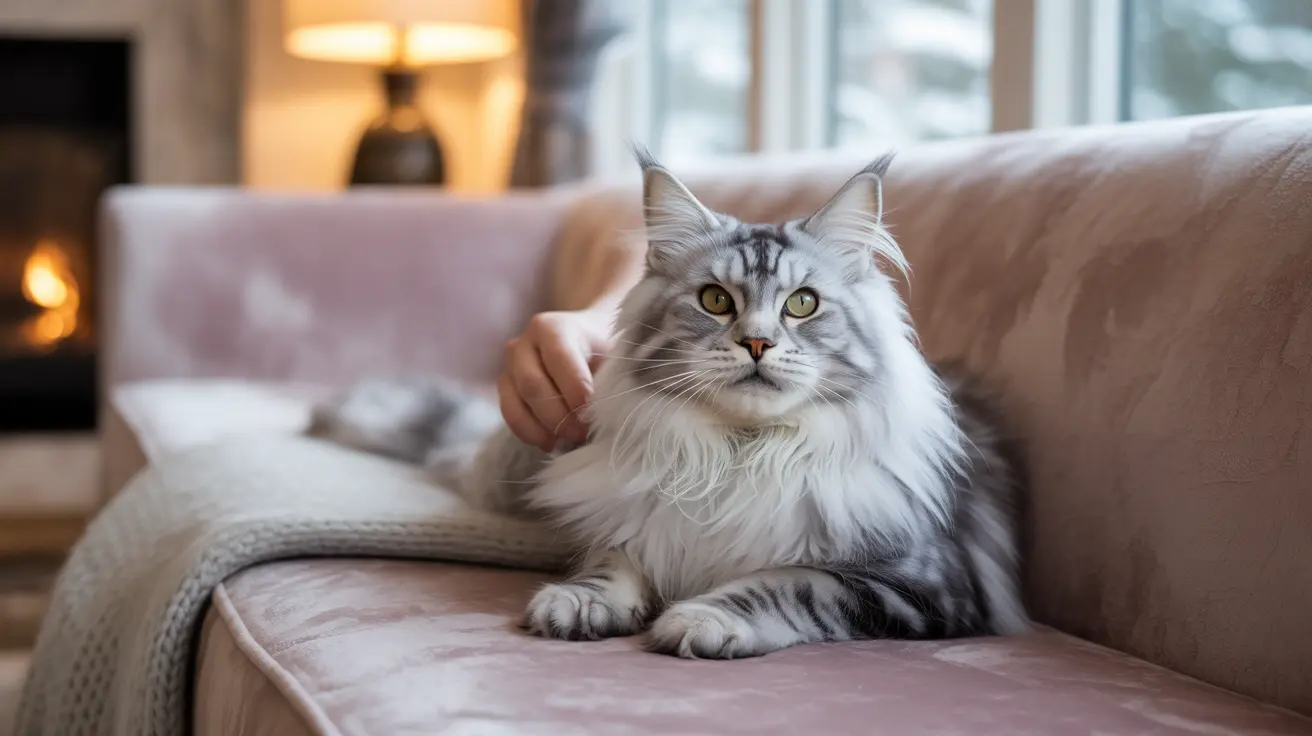Have you ever wondered why cats like being pet? This common feline behavior is deeply rooted in both biology and psychology, connecting back to their earliest experiences as kittens. Understanding why and how cats enjoy petting can help strengthen the bond between you and your feline companion while ensuring their comfort and trust.
From maternal grooming memories to the release of feel-good hormones, cats have multiple reasons for enjoying human touch. However, each cat is unique in their preferences, and knowing how to read their signals is crucial for positive interactions.
The Science Behind Cat Petting
When cats receive gentle petting from their trusted humans, their bodies release oxytocin – often called the "love hormone." This chemical reaction mirrors what they experienced during maternal grooming as kittens, creating feelings of pleasure and security.
Physical touch also serves as a form of social bonding, similar to how cats groom each other in the wild. This behavior, known as allogrooming, helps establish and maintain social relationships within feline groups.
Preferred Petting Zones
Most cats have specific areas where they enjoy being touched the most. These "sweet spots" typically include:
- The top and back of the head
- Between and behind the ears
- Under the chin
- Along the cheeks
- The base of the neck
These locations aren't random – they're areas where cats have scent glands, making petting both pleasurable and territorially significant for them.
Reading Your Cat's Body Language
Successful petting starts with understanding your cat's consent signals. When a cat wants attention, they might:
- Approach with their tail held high
- Rub against your legs or hands
- Present their head for scratches
- Give slow blinks
- Purr and maintain relaxed body posture
When to Stop Petting
Even the most affectionate cats can become overstimulated. Watch for these warning signs:
- Tail twitching or lashing
- Skin rippling or twitching
- Ears flattening or turning backward
- Growling or hissing
- Sudden head turns toward your hand
- Shifting away from touch
Building Trust Through Touch
Developing a positive petting relationship with your cat requires patience and respect for their boundaries. Always let your cat initiate contact, and start with short, gentle petting sessions. Over time, most cats will become more comfortable with longer periods of physical affection.
Frequently Asked Questions
Why do cats enjoy being pet and what role does maternal grooming play in this?
Cats enjoy being pet primarily because it reminds them of maternal grooming from kittenhood. This early experience creates positive associations with gentle touch and triggers the release of oxytocin, promoting feelings of comfort and bonding.
What are the best spots to pet my cat to make sure they feel comfortable and happy?
The safest and most universally enjoyed spots are the head, chin, cheeks, and behind the ears. These areas contain scent glands and are typically less sensitive to overstimulation than other body parts.
How can I tell if my cat consents to petting and what signs indicate they want me to stop?
Consent signals include approaching with a raised tail, rubbing against you, and purring. Stop signs include tail twitching, skin rippling, flattened ears, or turning away from touch.
Why do some cats dislike petting in certain areas, like the belly or base of the tail?
These areas are more sensitive and can make cats feel vulnerable. The belly, in particular, is a protective spot that cats only expose when they feel completely safe, but this exposure isn't necessarily an invitation for touching.
What are the safest and most effective techniques for petting a cat without causing overstimulation or stress?
Use gentle, slow strokes in the direction of fur growth, focusing on head and neck areas. Start with brief sessions, watch for body language cues, and always let the cat set the pace and duration of petting interactions.






